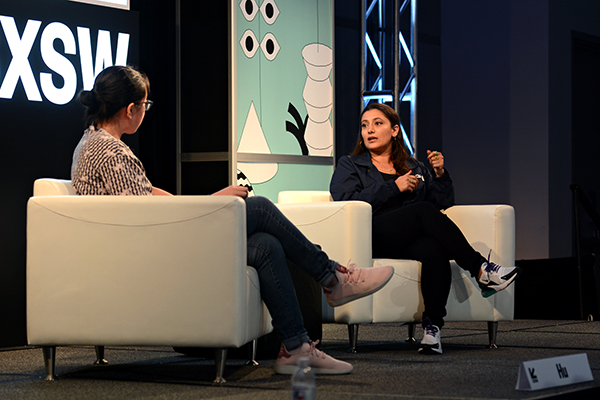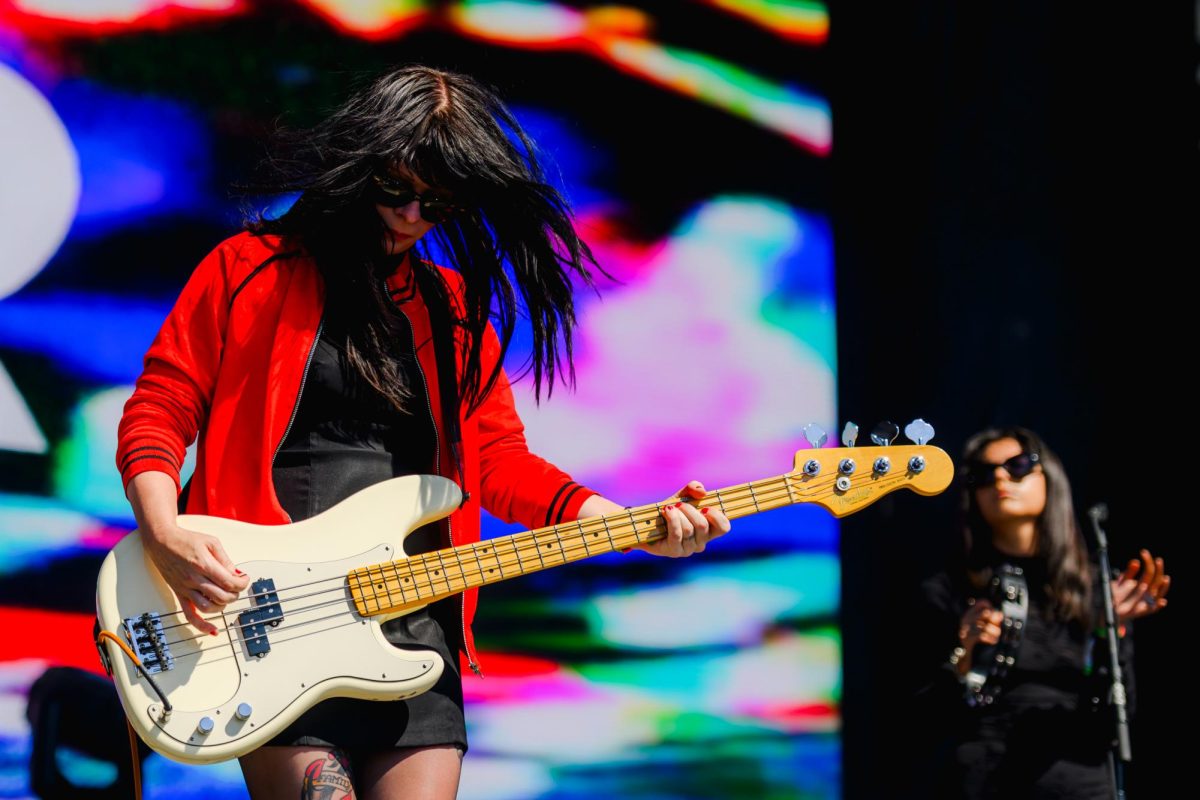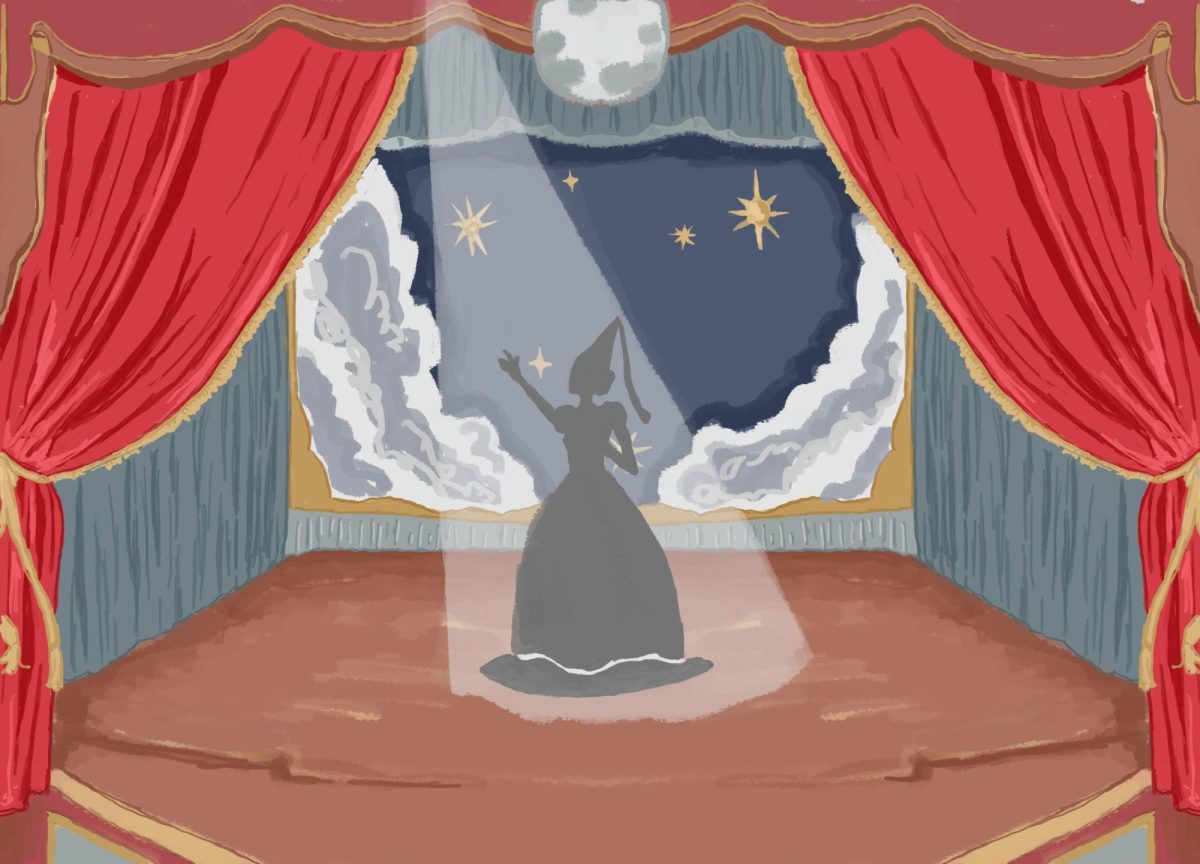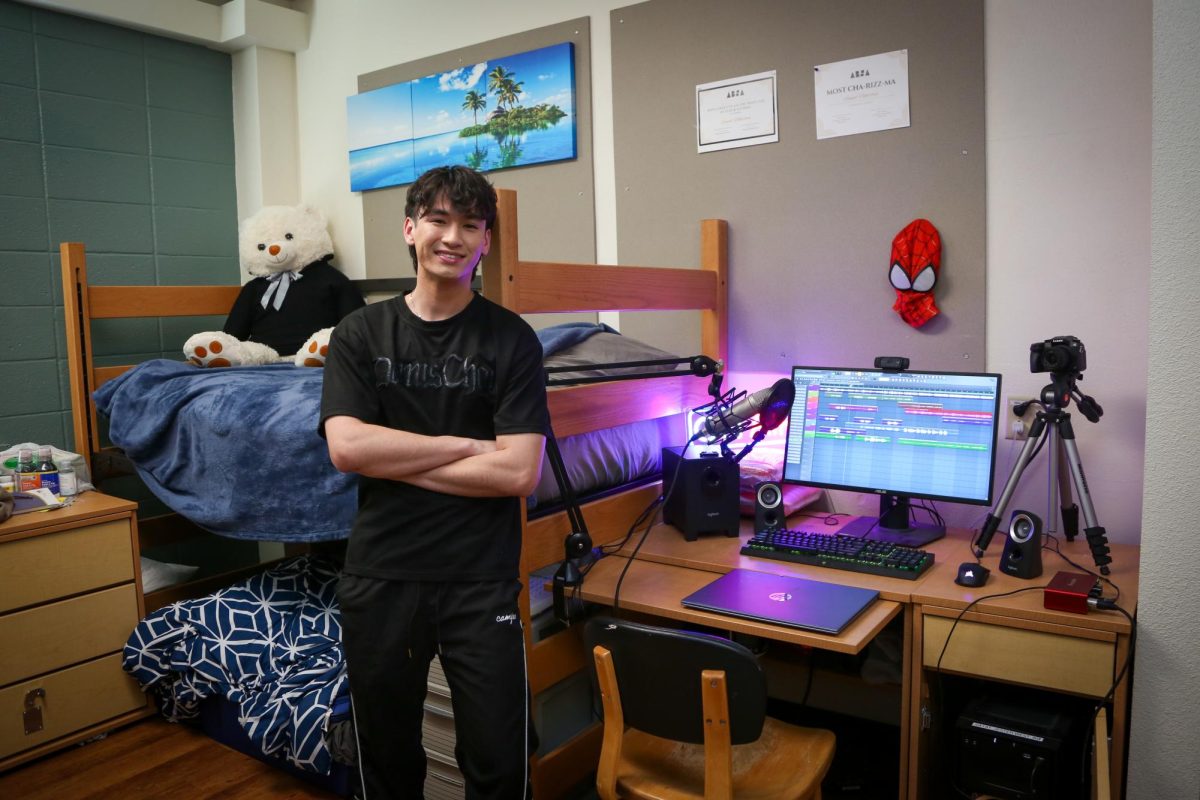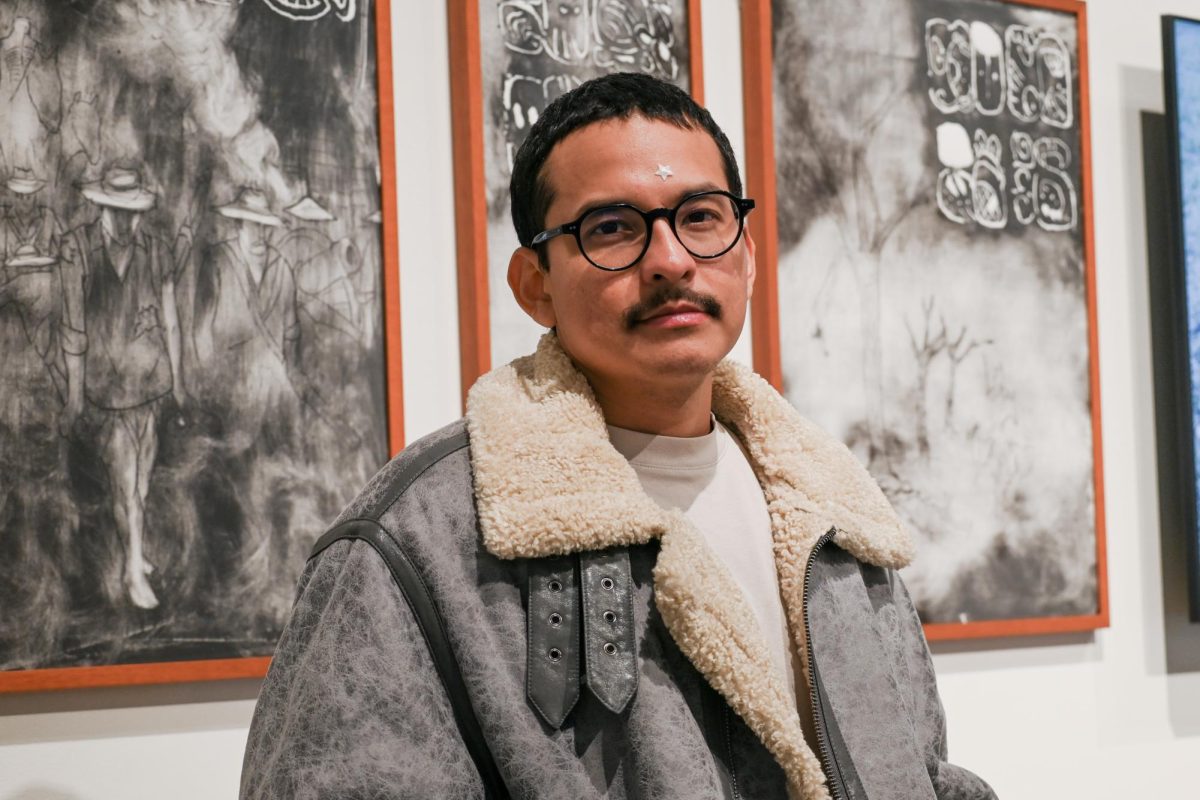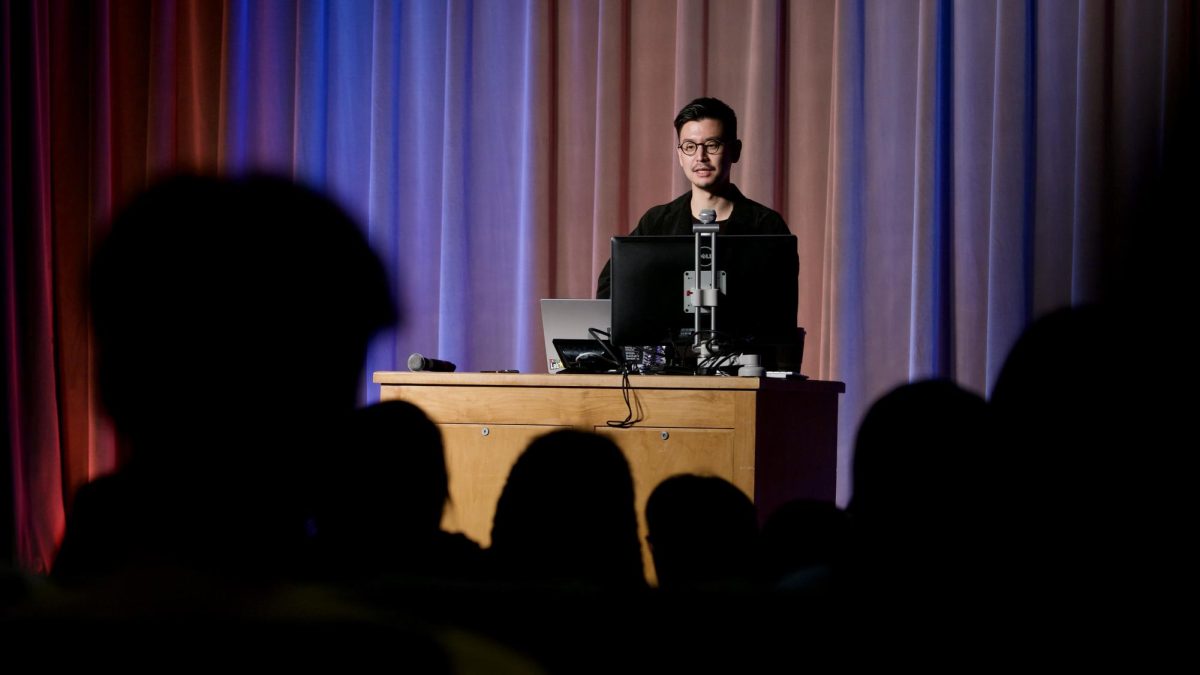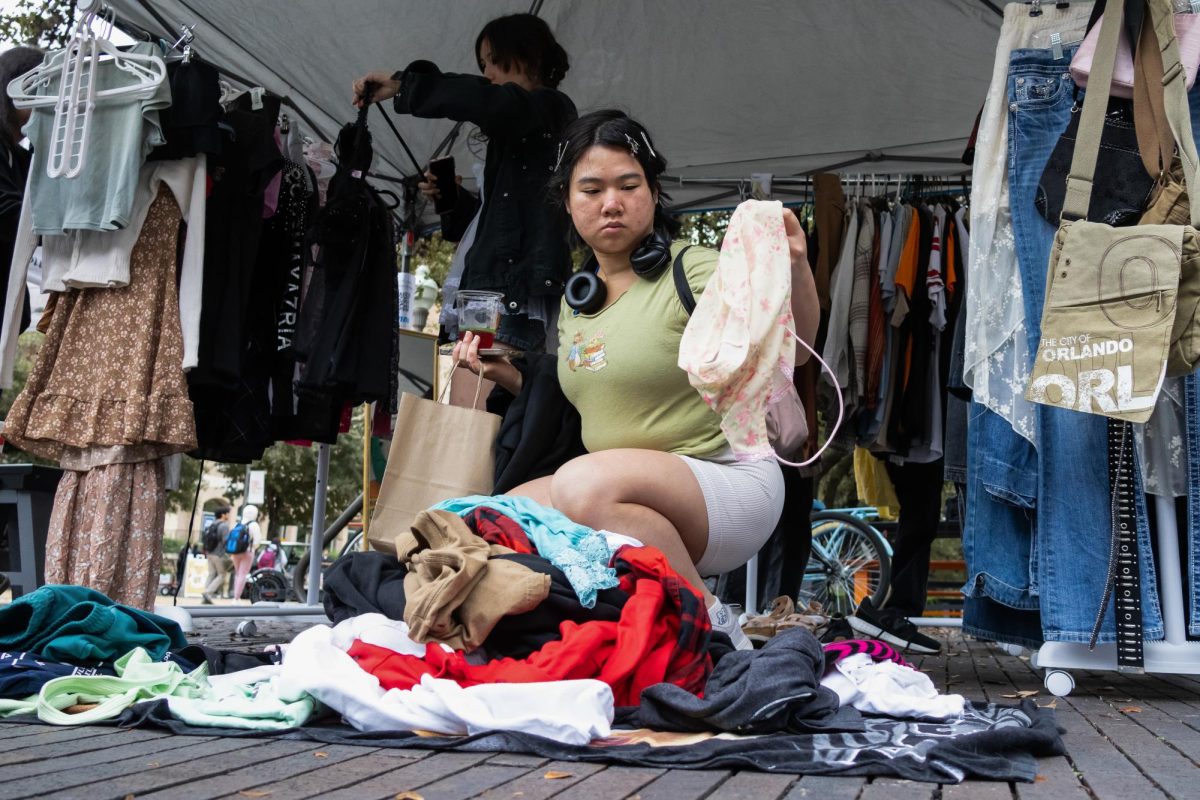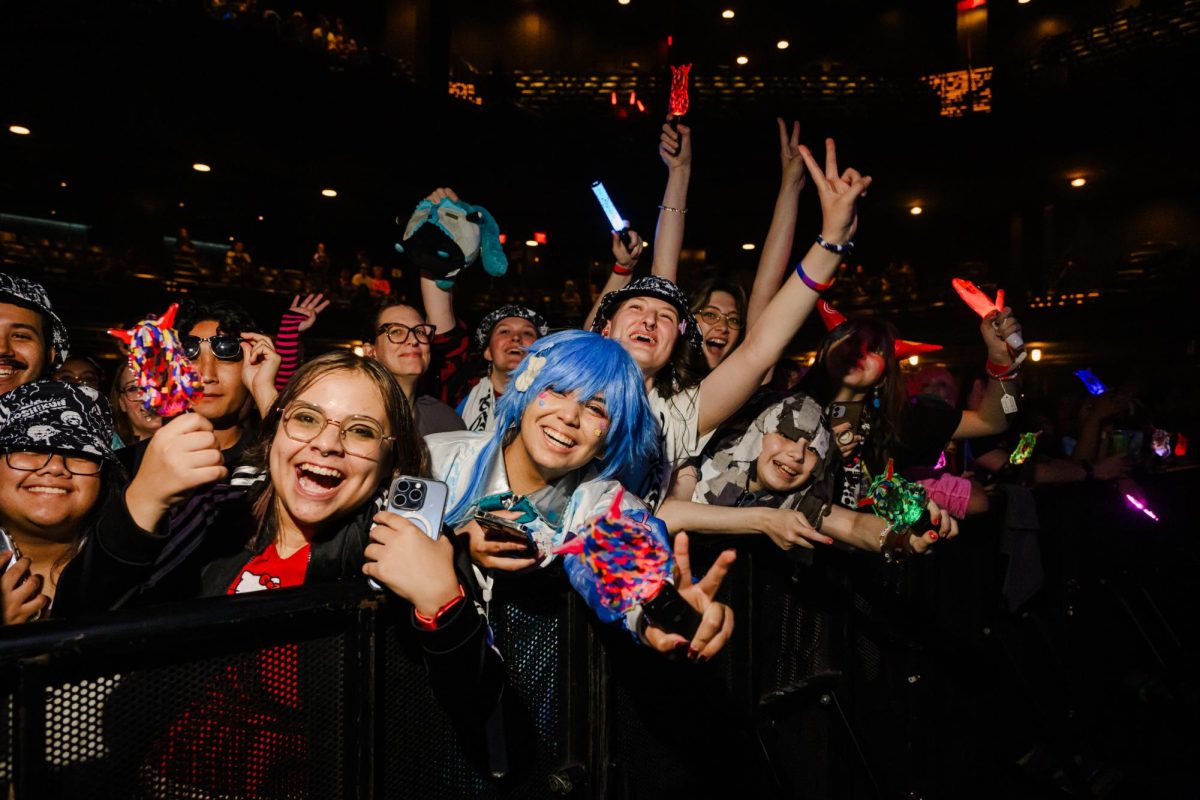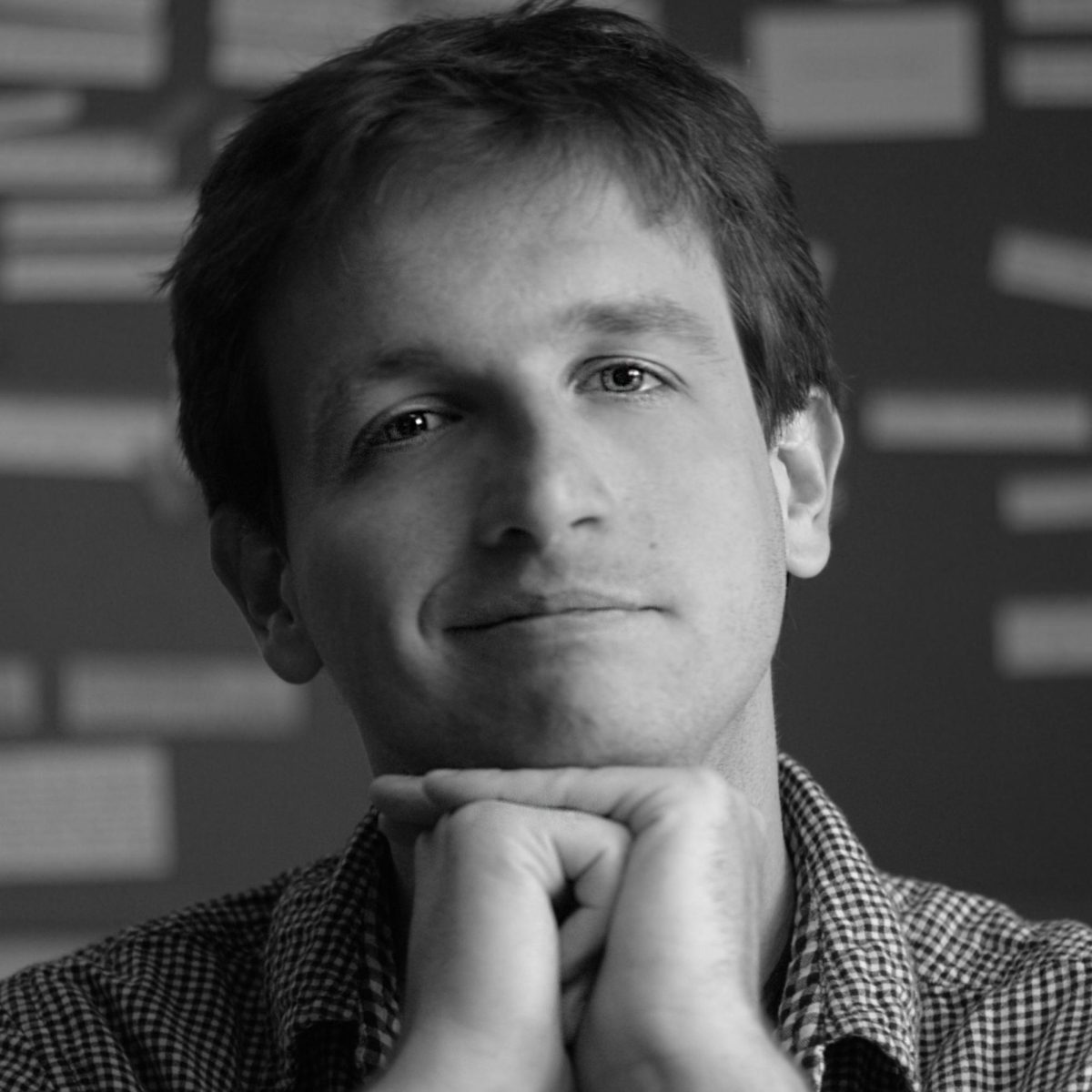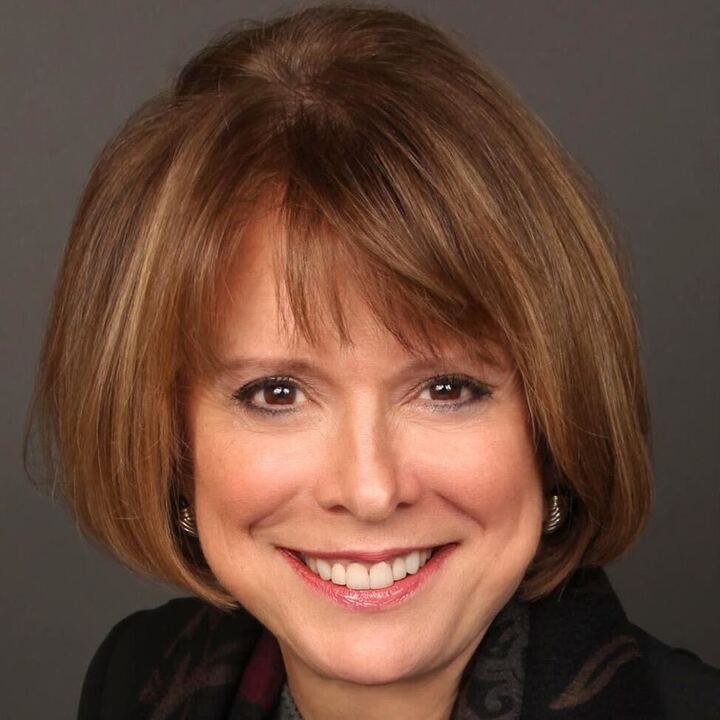With the release of innovative music videos from A$AP Rocky and Tyler, The Creator, Tara Razavi, the executive producer at Happy Place, discussed the music video revolution.
Cherie Hu, a reporter for Forbes, led the discussion as Razavi shared her take on technology in the world of music Thursday at SXSW in the Austin Convention Center. She spoke on her role as a producer, the rise in technology and the key in creating engaging visual content. She also shared her experience working with A$AP Rocky and Tyler, The Creator.
Razavi compared her job to the workers at a magic act, moving the rabbit in the hat from under the stage to the next area.
“The role of the producer is not the one that a lot of people know,” Razavi said. “It’s not as sexy as you think. You’re the first one there, and you’re the last one there.”
As a producer, she said she not only makes decisions about money but also sits down with artists, talking through ideas.
“(It’s about) entering your artist’s head, figuring out what they want, seeing it from their eyes and finding the tools to make that happen,” Razavi said.
Being a producer during the rise of technology, Razavi said the ideation process remains the same but the execution has shifted. From turning Tyler, The Creator into a centaur in one video to including an elephant in Jennifer Lopez’s video, the possibility for using visual effects are limitless.
“Visual effects are like a black hole,” Razavi said. “You don’t know what’s going to happen.”
However, with the rise in technology, Razavi said she takes the business side out of beginning conversations with artists to focus on maintaining artistry. In an era where record labels don’t control artists anymore, Razavi said she keeps an open mind, taking each project individually.
“My business decisions don’t come first,” Razavi said. “They wrap around my creative decisions.”
Razavi said she’s seen a lot of trends in the music video industry of artists desiring to be different. However, she said this trend is overrated.
“We’re all different. If you’re doing well, it’s because you’re different,” Razavi said. “You’re speaking to an audience that no one else is speaking to, so I say just do what you want.”
The main concept Razavi pushes for is the idea that there’s no equation for a successful music video. She said executives often project their opinions onto their artists.
“There’s not right or wrong answer on how to do it,” Razavi said. “What I’ve learned is to just embrace the mess.”
After viewing A$AP Rocky’s “Kids Turned Out Fine” and Tyler, The Creator’s “See You Again” videos, Razavi said their videos were successful not because they relied on a specific formula, but because each artist clearly understood who they are and what they want.
“Working with them is me being on my toes,” Razavi said. “Literally anything is possible and nothing in my brain is closed.”
With this in mind, Razavi said a lot of misconceptions about producing music video emerge from the idea that people try to figure out how to be something they’re not.
“This isn’t numbers,” Razavi said. “This is art.”

